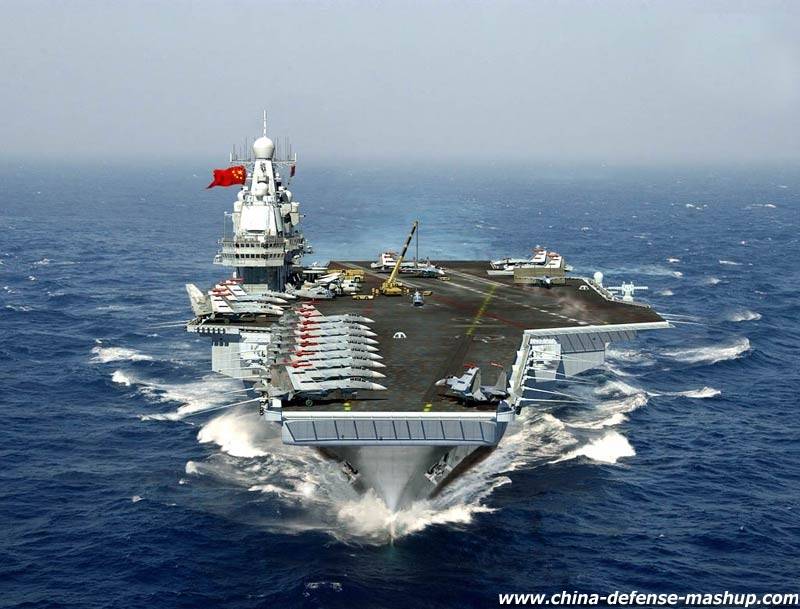Pakistan China to hold joint naval drills in Indian Ocean regularly: sources
Shares

ISLAMABAD - Pakistani and Chinese navy would hold joint exercises from time to time to help meet the challenges. Moreover, the frigates and warships of the Chinese Navy would keep visiting Pakistan’s coastal areas. Moreover, joint security drills may also be considered,” Pakistan today has reported quoting sources from the Foreign Office.
Asked whether these drills would be held at Gwadar port, the official said that Pakistan wanted to dedicate the strategic port only for commercial trade.
“We would like to dedicate Gwadar port for commercial purposes. However, for effective security, we have developed a small naval base at the port, while some personnel from military, FC and Rangers have also been stationed for security purposes,” the source said.
The source said that Pakistan Navy would be using Jinnah Naval Base for all sorts of naval cooperation, and whether it is strategic or conventional weaponry, all exercises and skill building cooperation would be conducted at Ormara base.
“Moreover, we are also looking for possibilities to develop naval bases at Pasni, Jewani or any other suitable place at the coastal line. However, let me assure you that China is not interested in building its naval base at Pakistan’s coastal line. It is not in their DNA to build bases outside China,” the official asserted.
Responding to another question, the official also refuted the propaganda that China would be the major beneficiary of the CPEC as compared to Pakistan.
“Let me assure you that CPEC is not the lifeline for China as is being projected. CPEC is not the only option available to China, as there are seven other corridors being worked out by Beijing. There are six corridors under Belt & Road Initiative (BRI),” the official said.
Separately, the source added, China has also operationalised China-Eurasia and China-Iran corridors.
“Last year, over 3,000 cargo trains shuttled between China and Europe—a fact which speaks volumes about China’s outreach. Moreover, China also operationalised its train route to Iran, which went unnoticed. So Pakistan is not the only option for China. But yes, CPEC is the best option China has,” the official said.
Asked to elaborate, the official said that China had launched its efforts to develop an ambitious corridor with establishing a road link with Myanmar, India and Bangladesh (BCIM) back in 1998, but India became a major hurdle in the operationalisation of this trade route.
“There is a road already linking Myanmar with India, and only a small portion needs to be widened and redeveloped. Moreover, the militants in North India and Myanmar would have to be dealt with. China has already developed a road link with Myanmar, while India also has a road link with Bangladesh. So it is only about linking the already available roads. But India is the biggest hurdle as Indian prime minister Narendra Modi and former premier Manmohan Singh never allowed BCIM to take off,” the official said.
The official said that soon after launching the BRI, China has convened the first meeting of the BCIMEC joint working group in Kunming, and a joint study plan was signed by all parties, leading to the establishment of a mechanism for cooperation among the four governments.
“But despite the lapse of five years, there is no development,” the official said.
On the other hand, CPEC is a great opportunity for Pakistan, under which, apart from power and infrastructure projects, nine industrial zones would be constructed across all regions of Pakistan, which will greatly boost country’s economy and create employment opportunities.
